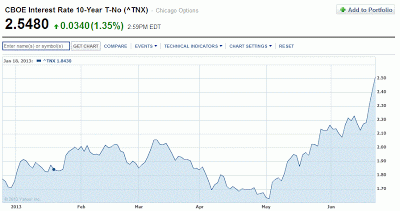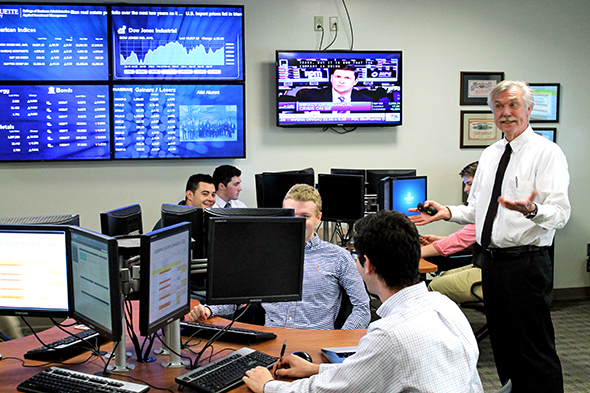As rising
college seniors approach the beginning of their last year of undergraduate
study, they have a lot to think about besides exams and their social life. What
they’re planning to do after college life is still a question left unanswered
for many.
For those
soon-to-be graduates seeking employment, Beyond.com conducted a poll, asking
college seniors in their last semester how many jobs they had applied to. Here’s what the results showed:
• More
than 33 percent reported they applied for over 40 jobs
• Just
about 21 percent of respondents applied for somewhere between 10 and 20
jobs
• Almost
20 percent have applied for 21 to 40 jobs
• 17
percent have applied for less than 10 jobs
• The
smallest percentage, 8.5 percent, applied for no jobs at all
While the
economy is looking much brighter for recent college graduates than it has the
past couple years, it still takes that extra something to help young job
seekers stand out among the other applicants. Here are some tips to help
college graduates be at the top of their games and score entry-level jobs in
their fields.
1. Clean
up your online image
Yes,
employers do Google applicants. Make sure there’s nothing out there you
wouldn’t want an employer to see. This includes ensuring your Facebook and
Twitter privacy settings are intact and/or change your accounts to be
employer-friendly to ensure you’re only viewed as a professional.
2. Start
applying now…if you haven’t already
The
earlier the better. Many employers start looking for candidates 6 months or more before
graduation, so they are ready to fill the positions in May or June. Try to get
ahead of the flood of resumes by applying early and often.
3. Don’t
be afraid to network – in person and online
Every
opportunity is an opportunity to network! Whether it’s chatting with a
professor, staying in touch with an internship coordinator or creating a
LinkedIn profile – don’t be afraid to put yourself out there professionally.
The worst thing that can happen is nothing. Many people say landing a job is
“all about who you know.” Well, the more people you are connected with
virtually and in-person, the more chances you have of hearing about an
employment opportunity.
4. Target
your job search
While not
every opportunity is going to be your dream job, you can target what you want
if you find job postings in a niche job board or LinkedIn group. For example,
if you’re looking for finance jobs, find a place where these types of jobs are
posted specifically. Niche job boards offer more targeted job search results
and a greater variety of relevant job opportunities.
5.
Download mobile job search apps
Everyone
is attached to their Smartphone these days, so why not receive job alerts and
do some job-searching on the go?
6.
Utilize your school’s career services
It’s
likely that your college or university has a career services office. Some
schools also offer further training like a project management certificate or
other classes to deepen your education. While you’re still a student, make use
of these services by making an appointment to have your resume critiqued or do
a mock interview. Also, join a professional student organization or participate
in groups/activities on campus that are good resume builders. For example, if
you’re a finance major, you should join Financial Management Association (FMA) - and be active.




.jpg)



























